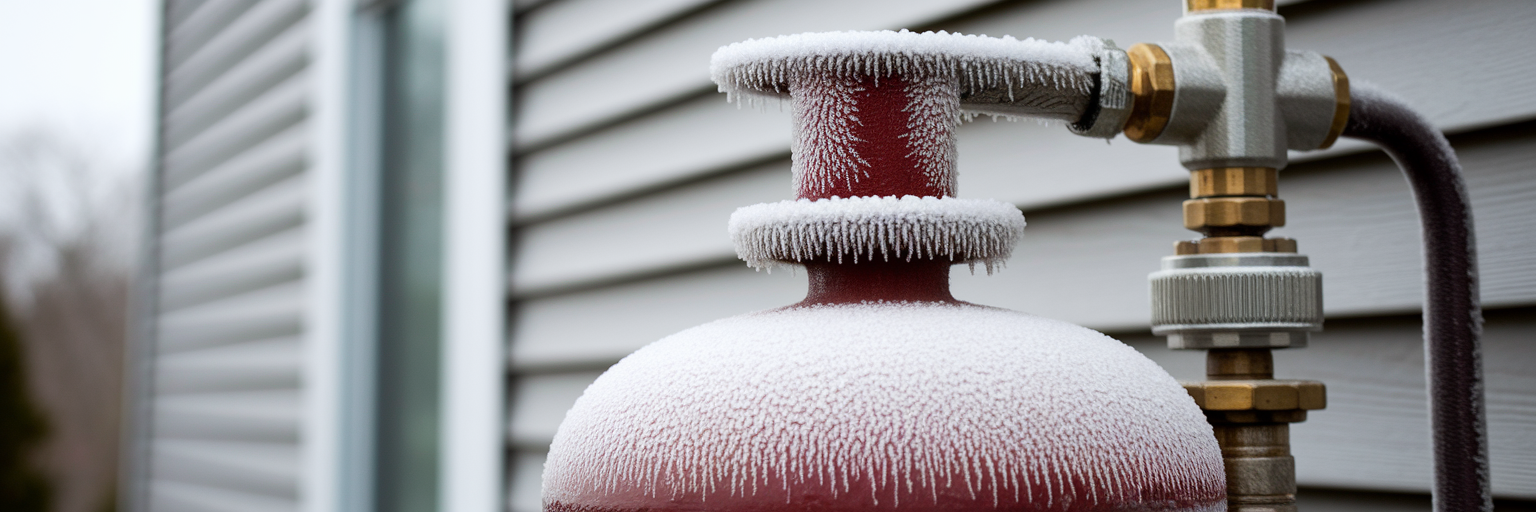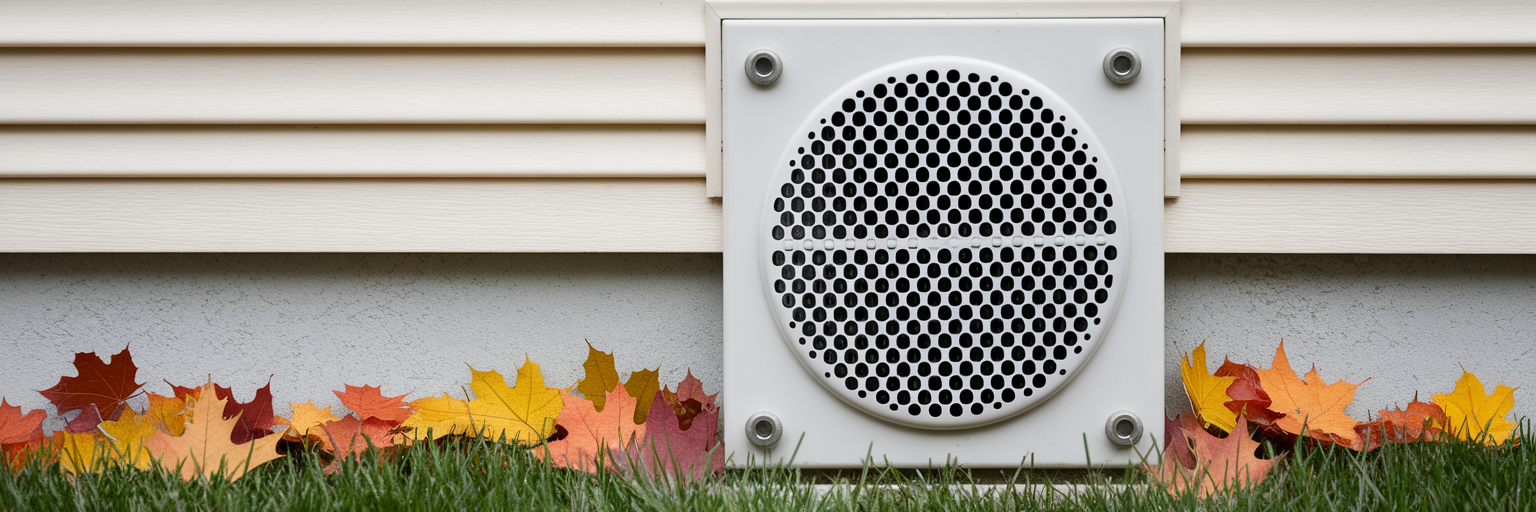
Understanding Your Home Propane System
Millions of American households rely on propane to heat their homes, cook their meals, and warm their water. It’s an efficient and dependable fuel source that often works so well we forget it’s there. This guide is designed to help you understand your system better, empowering you to perform basic checks with confidence and recognize when professional help is needed. The goal isn’t to create fear, but to build respect for the system that serves your home.
Knowing how to spot potential issues is the foundation of safe propane handling at home. It allows you to address small problems before they become serious and ensures your family’s continued comfort and safety. For a comprehensive overview of best practices, reviewing guidelines on propane safety is an excellent starting point. Remember one absolute rule: if you ever smell gas, stop what you are doing immediately and call for help. That distinct odor is your most important signal.
Step 1: Safely Detecting a Propane Leak
Identifying a potential leak is one of the most critical propane troubleshooting tips. The best approach uses three of your senses: Smell, Listen, and Look. Propane is naturally odorless, so suppliers add a chemical called ethyl mercaptan to give it a distinct “rotten egg” smell. If you catch that scent, it’s a clear warning sign. You might also hear a hissing sound near your tank or gas lines. Visually, you can learn how to check for a propane leak with a simple solution of 50/50 dish soap and water. Apply it to connections and fittings with a sponge or brush. If bubbles form, you have a leak.
If you suspect a leak, your response must be immediate and precise. There is no room for hesitation.
- What to Do If You Suspect a Leak:
- Immediately extinguish all open flames, cigarettes, and other sources of ignition.
- Do not touch any light switches, telephones, or electronics.
- Leave the area immediately and instruct everyone else to do the same.
- If you can do so safely, turn off the main gas supply valve on your propane tank.
- From a safe distance away from the potential leak, call your propane supplier or 911.
Step 2: Checking Tank Levels and Pressure Signs
Sometimes, an appliance issue isn’t a leak but a supply problem. A common symptom is a low flame on a propane stove, flickering pilot lights, or appliances that simply won’t stay lit. Before assuming the worst, your first step should be to check the gauge on your propane tank. If it’s reading low or empty, the solution is a refill. However, if the gauge shows you have plenty of fuel, the problem likely lies with the gas pressure, which often points to the regulator.
While you’re at the tank, perform a quick visual inspection. Look for significant rust, dents, or any other physical damage. A tank’s structural integrity is vital for safety. Ensuring your tank is in good condition is a key part of managing your residential propane supply. If you notice any damage, report it to your supplier right away.
Step 3: Examining the Propane Regulator
Think of the propane regulator as the heart of your system. It takes the high pressure from the tank and reduces it to a safe, usable level for your appliances. When it fails, it can cause a range of issues. Recognizing the signs of propane regulator problems is crucial, as this is one component you should never attempt to fix yourself. Regulators manage intense pressure and require specialized tools and knowledge for safe adjustment or replacement.
Look out for these clear indicators of a faulty regulator:
- Signs of a Faulty Regulator:
- Yellow or sooty flames on appliances instead of blue.
- A popping sound when turning an appliance on or off.
- Visible frost or ice buildup on the regulator, especially in warmer weather.
- A gas smell, even after confirming connections are tight.
If you observe any of these signs, it’s a non-negotiable signal to call a certified technician.
Step 4: Observing Appliance Flame Quality
The flame on your appliances is a direct visual report on the health of your propane system. A healthy flame should be steady and mostly blue with a slightly yellow tip, indicating complete and efficient combustion. Any deviation from this norm can signal a problem with pressure or airflow. This simple observation connects the dots between the regulator’s function and your appliance’s performance. Poor flame quality is not just inefficient; it can also produce soot and dangerous carbon monoxide.
| Flame Characteristic | What It Looks Like | What It Could Mean |
|---|---|---|
| Healthy Flame | Steady and mostly blue, with a yellow tip | Complete, efficient combustion |
| Yellow or Orange Flame | Mostly yellow or orange color, may produce soot | Incomplete combustion, regulator issue, or blocked burner |
| Lifting or Floating Flame | Flame appears to lift off or ‘dance’ above the burner | Excessive gas pressure |
| Weak or Flickering Flame | Small, inconsistent, and easily extinguished | Low tank level or low pressure |
This table provides a quick reference for diagnosing potential issues based on appliance flame appearance. Flame characteristics are based on standard propane appliance operation.
Step 5: Ensuring Proper System Ventilation
One of the most serious risks associated with any fuel-burning appliance is carbon monoxide (CO), an odorless, colorless gas produced by incomplete combustion. Your primary defense against this invisible danger is proper ventilation. Make it a regular habit to keep the areas around your furnace, water heater, and other propane appliances clear of clutter like boxes, laundry, or stored items. This ensures they have enough air to operate correctly.
You should also periodically check that exterior vents are not blocked by snow, leaves, animal nests, or other debris. These vents are essential for expelling exhaust gases safely. For more seasonal propane troubleshooting tips and safety reminders, our blog offers valuable insights. Most importantly, install and regularly test CO detectors on every level of your home, especially near sleeping areas. Consider them a non-negotiable layer of home safety.
Step 6: Inspecting Hoses and Connections
A simple but effective preventative task every homeowner can perform is inspecting the flexible hoses and connections on their propane system. These components, especially those on barbecue grills and portable heaters, are exposed to the elements and can degrade over time. Gently bend the hoses to check for cracks, brittleness, or holes. A hose that feels stiff or cracks when flexed should be replaced immediately.
In some regions, insects like spiders and mud daubers are known to build nests inside hoses and orifices, which can block gas flow and cause performance issues. A quick visual check can help you spot these blockages. When checking fittings, remember they should be snug but not overtightened. Using too much force can damage the threads and create a leak where there wasn’t one before.
Step 7: Knowing When to Call a Professional
Empowerment comes from knowing what you can do and, just as importantly, what you shouldn’t. Deciding when to call a propane company is a sign of responsibility, not defeat. Certified technicians have specialized diagnostic tools, a deep understanding of safety codes, and the experience to resolve issues correctly and safely. Your propane supplier is your best resource, and you can reach out to our team for assistance or to schedule a service call. You can also find certified technicians through organizations like the National Propane Gas Association (NPGA).
Your troubleshooting should stop and a call to a professional should be made without delay in certain situations.
- Call a Professional Immediately If:
- You smell gas at any time.
- You find a leak using the soap and water test.
- You suspect the propane regulator is faulty (e.g., it’s frosted over).
- An appliance flame is consistently yellow or sooty after basic checks.
- You are ever unsure, uncomfortable, or the problem persists.
About Jennifer Whitaker
Propane industry expert and content contributor for MyPropane.com.
View all posts by Jennifer Whitaker →Related Articles

When Does Your Propane Tank Need Immediate Attention
Oct 20, 2025 • 7 min read
Discover the critical indicators, from strange smells to performance issues, that signal your propane system requires professional attention.

How to Use Propane Monitoring to Optimize Energy Costs in Multi Family Properties
Nov 15, 2025 • 7 min read
Discover how smart technology can streamline fuel management and lower utility expenses across your properties.


